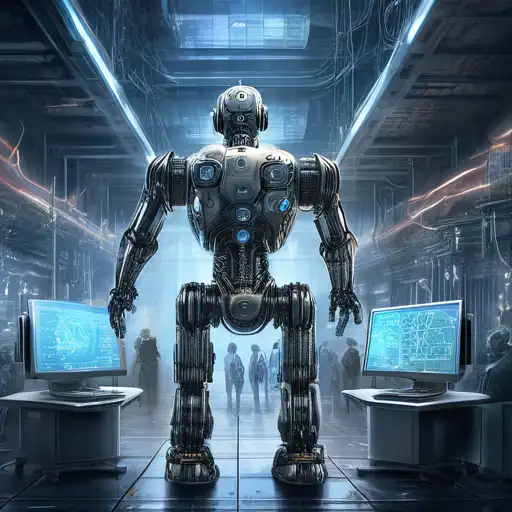Introduction to AI and Machine Learning
In the rapidly evolving world of technology, Artificial Intelligence (AI) and Machine Learning (ML) stand out as two of the most groundbreaking advancements. While often used interchangeably, these terms represent distinct concepts with unique applications and implications. This article delves into a comparative study of AI and ML, shedding light on their differences, similarities, and how they are shaping the future.
Understanding Artificial Intelligence
AI is a broad field of computer science focused on creating systems capable of performing tasks that typically require human intelligence. These tasks include problem-solving, recognizing speech, learning, planning, and understanding natural language. AI can be categorized into two types: Narrow AI, designed to perform a narrow task (e.g., facial recognition), and General AI, which can perform any intellectual task that a human can.
Understanding Machine Learning
Machine Learning, a subset of AI, involves the development of algorithms that allow computers to learn from and make decisions based on data. Unlike traditional programming, where humans write explicit instructions, ML models improve their performance as they are exposed to more data over time. ML is further divided into supervised learning, unsupervised learning, and reinforcement learning.
Key Differences Between AI and Machine Learning
- Scope: AI encompasses a wider range of technologies aimed at simulating human intelligence, whereas ML specifically focuses on enabling machines to learn from data.
- Dependency: AI systems can function without ML by following predefined rules, but ML is inherently dependent on data to learn and improve.
- Applications: AI applications include robotics, natural language processing, and more, while ML is commonly used in data analysis, predictive modeling, and recommendation systems.
How AI and Machine Learning Work Together
Despite their differences, AI and ML often work in tandem to create more sophisticated and intelligent systems. For instance, an AI-powered chatbot may use ML to improve its understanding of human language over time, offering more accurate responses. This synergy is driving innovations across industries, from healthcare to finance.
The Future of AI and Machine Learning
The integration of AI and ML is expected to continue growing, with advancements in deep learning and neural networks pushing the boundaries of what's possible. As these technologies evolve, they promise to revolutionize every aspect of our lives, making it crucial to understand their differences and potential.
For more insights into the latest tech trends, explore our Tech Trends section.
